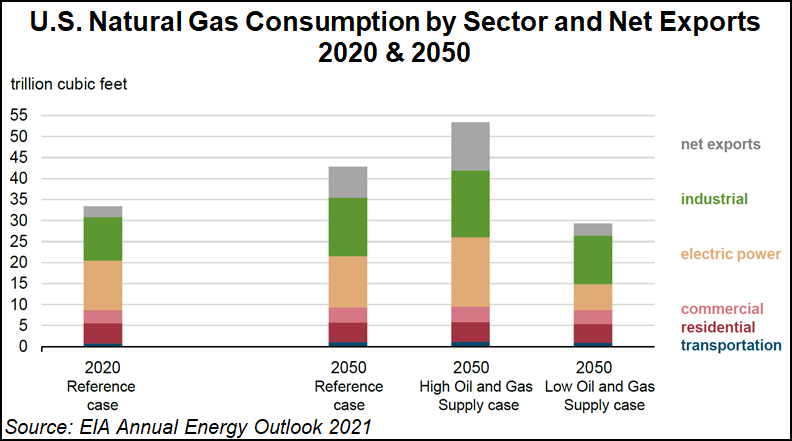Energy Transition | E&P | Infrastructure | NGI All News Access | NGI The Weekly Gas Market Report
Natural Gas Reliability, Resiliency Central to Low-Carbon Energy Future, Execs Say
© 2024 Natural Gas Intelligence. All rights reserved.
ISSN © 1532-1231 | ISSN © 2577-9877 | ISSN © 1532-1266 |



